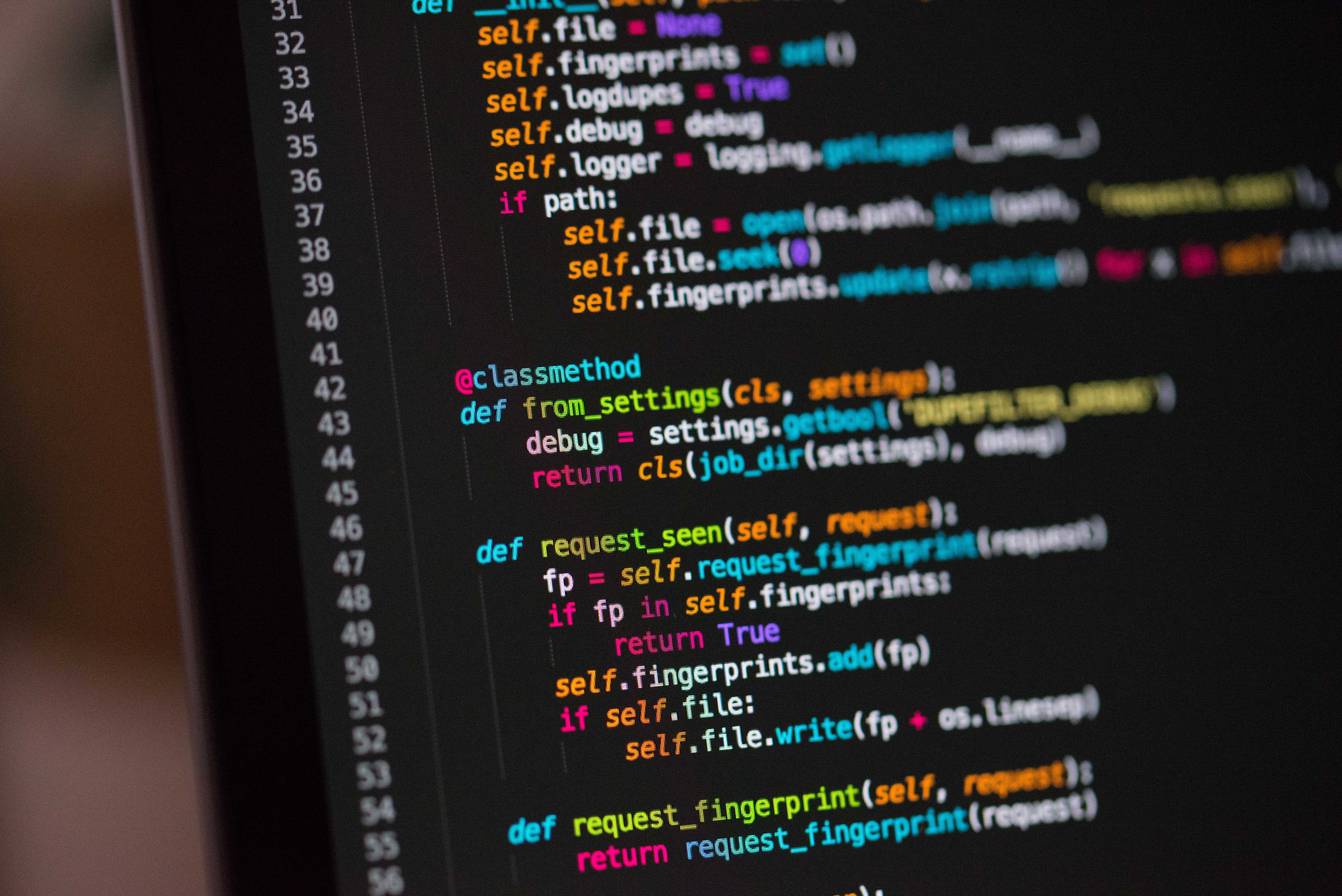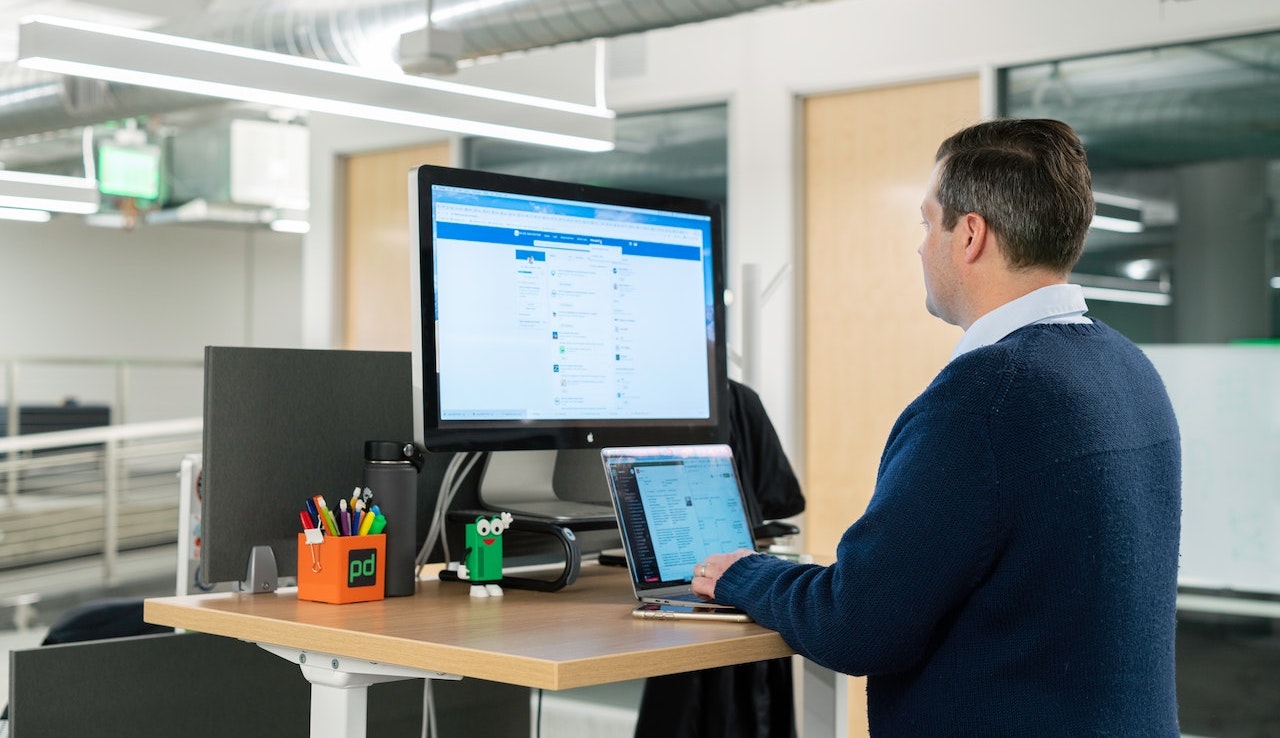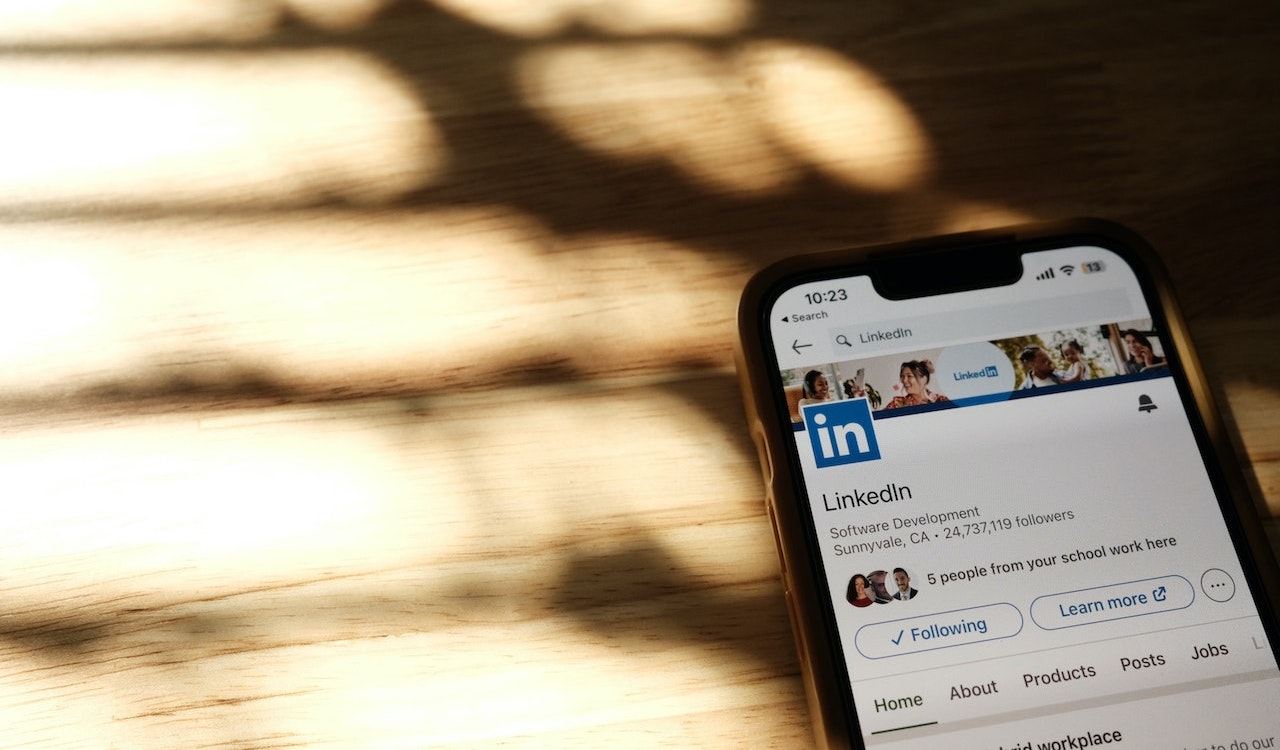Just like we mentioned in our last post about the state of the AI industry in Poland, here at Sotrender we have our own Research and Development (R&D) Team. Should you have your own? Why not? What are the benefits of having an R&D team? How can you ensure R&D will contribute to the company’s growth? We’re here to answer all these questions and more.
Why we decided to create a separate R&D Team
Since the founding of Sotrender, we engaged in R&D activities. Because we were a much smaller company back then, we didn’t have a dedicated team. Some employees from Tech Teams (Analytics, Data Processing) were engaging in research, but no one except for Dominik Batorski, PhD, who served as Chief Scientist at the time, was occupied by R&D activities full time. We eventually decided to create a separate R&D Team. The new team combined new employees experienced in bringing science results to business as a part of industrial R&D teams, enriched with members from other teams who knew a lot about the Sotrender product. It was important for us to mix the two – scientists and people who know our organisation best. Hiring experienced researchers, respected in their fields is also an incentive for candidates to apply to work for Sotrender.
While building this team, another important push for us was a grant given by The National Centre for Research and Development (pl. Narodowe Centrum Badań i Rozwoju (NCBiR)). Just like in other similar teams in other companies, its members have the freedom to work on projects that will come to fruition in the (not so distant, but not so near) future. For Sotrender, it’s important to stay within the top companies involved in data processing and to do what’s necessary to expand in the artificial intelligence (AI) and machine learning (ML) fields.
What our R&D Team works on
We were awarded a grant for creating advanced AI algorithms that help users, mainly employees of digital marketing agencies and e-commerce, in social media communication and content creation. This will serve as an upgrade to the tips solution we implemented in Sotrender some time ago. The new solution will comprise of natural language processing, image recognition, as well as a forecasting mechanism. To put it simply, it’s one of the best methods to automate mundane and boring tasks performed by social media specialists.
Synergy of Business and Science
As a company founded by academic researchers, Sotrender maintains strong ties to the scientific community. We operate in a very promising and interesting place – between science and business. One of the biggest problems that data researchers and scientists face while working in the academic environment is a lack of data. The quality of data can be an issue, too. Universities normally don’t have the capacity to gather as much data as companies. We have the data and we know how to gather it: it’s our business. That’s why our R&D Team can test their frameworks and models using our vast database, putting this vast data to work.
Collaboration between R&D and other teams
The crucial aspect of R&D and other teams working smoothly together is having and synchronising an integrated roadmap. It allows R&D to have a sufficient degree of autonomy and gives them the opportunity to develop new solutions and experiment with new models while coordinating their activities with those working closely on solutions for clients. This way it’s easier to have a timeline of implementation solutions developed by R&D to our main product: the social media analytics web app. In the end, this approach brings more value to the business of our clients.
The other important factor is transparency. The effects of R&D work aren’t visible immediately. That’s why other teams have to know which stage their projects are on, what they’re working on at the moment and how this effort will be useful in the future. R&D is a vital part of your organisation and they have to be aware of that. The rest of the organisation also needs to know what they do and why. It just keeps people more engaged and happy with their work if they know where it’s leading. That’s why we introduced Tech Talks, where R&D (as well as other tech teams) share their knowledge with the rest of the company.
Do you have any more questions about Research and Development in the AI industry? Do you think we should cover a specific topic? Let us know in the comments!







